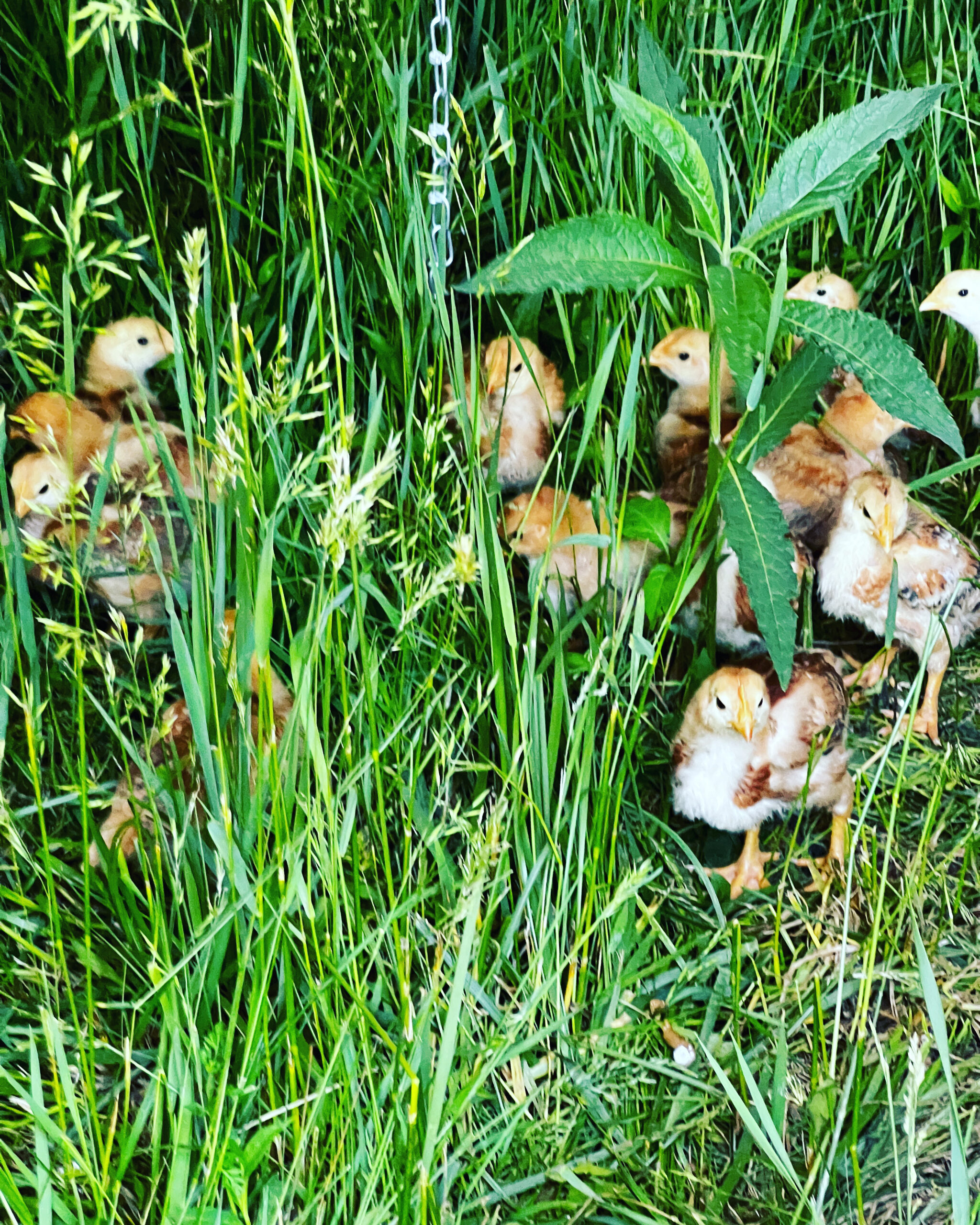When I first embarked on the journey to make my own chicken pellets, I didn’t expect it to revolutionize my approach to feeding my flock. While the process didn’t save me much money—especially when factoring in the time and depreciation of the pellet mill—the benefits I gained made it worth every effort.

The Importance of Traceability
One of the most significant advantages of making my own chicken feed was the ability to ensure full traceability. By controlling the raw ingredients, I could ensure the quality and integrity of every single batch. Whether it was using grains and seeds I produced on my own farm or sourcing them from trusted suppliers, I had complete confidence in what I was feeding my birds. This level of control gave me peace of mind, knowing I was avoiding any hidden additives or contaminants often found in commercial feeds.
Fresher Feed, Happier Chickens
Another major benefit was the freshness of the feed. Unlike store-bought pellets that may sit on shelves for weeks or months, I was able to produce fresh feed weekly. This freshness didn’t go unnoticed by my flock. My chickens eagerly consumed the fresh pellets, and I noticed they seemed healthier and more active as a result. The difference was clear: fresher feed meant happier, more energetic birds.

Experimenting with Ingredients
Perhaps my favorite part of the entire process was the opportunity to experiment with different feed ingredients. The flexibility of making my own pellets allowed me to incorporate a wide variety of nutrient-rich and flavorful components, such as:
- Marigolds: Known for enhancing yolk color and providing antioxidants.
- Peppers: A natural source of vitamins and capsaicin, beneficial for digestion.
- Pumpkins: Packed with vitamins A and E, as well as a natural dewormer.
- Alfalfa: A high-protein ingredient great for overall nutrition.
- Sunflower seeds: Rich in healthy fats and protein.
These ingredients not only added variety to my chickens’ diet but also allowed me to cater to their specific nutritional needs throughout the year. The ability to fine-tune their feed based on the seasons, egg production levels, or other factors was invaluable.
The Costs and Challenges
Despite the many benefits, making my own pellets was not without its challenges. The process required a significant time investment each week, not to mention the upfront cost of purchasing and maintaining a pellet mill. When accounting for these factors, it’s clear that this method is not the most economical option if cost savings are your primary goal.
However, the rewards in terms of traceability, freshness, and customization far outweighed these challenges for me. Knowing exactly what goes into my chickens’ feed and seeing the tangible benefits in their health and productivity made the effort worthwhile.
Final Thoughts
While making your own chicken pellets may not be for everyone, it has been an incredibly rewarding experience for me. The ability to provide my flock with fresher, more traceable, and highly customized feed has brought me closer to my goal of sustainable and mindful farming. If you’ve ever considered trying it yourself, I encourage you to take the plunge—you may find it as fulfilling as I did.

